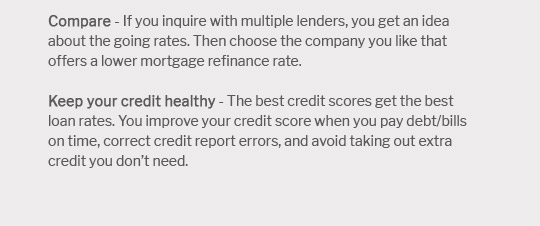 |
|||
 |
 |
 |
||
|---|---|---|
 |
||
 |
||
 |
||
 |
||
 |
||
 |
||
 |
 |
 |
 |
Understanding HELOC Rates in California: A Comprehensive GuideHome Equity Line of Credit (HELOC) rates in California can vary significantly depending on various factors such as the lender, the borrower's credit score, and the property's value. This article aims to explore the essential aspects of HELOC rates in California to help you make informed decisions. Factors Influencing HELOC RatesCredit ScoreYour credit score plays a critical role in determining the HELOC rates. A higher credit score usually results in lower interest rates. Loan-to-Value RatioThe loan-to-value (LTV) ratio is another crucial factor. A lower LTV ratio often leads to better rates. For instance, if you're considering a 100 LTV refinance, understanding its impact on your rates is essential. Pros and Cons of HELOCPros
Cons
Comparing HELOC with Other OptionsWhen considering a HELOC, it's crucial to compare it with other financing options like personal loans or fha loan eligibility to find the best fit for your financial needs. FAQ Sectionhttps://www.starone.org/home-equity-loan/
** Home-equity line of credit rates are variable and the maximum APR that could apply is 18.000%. The maximum term is 25 years, which includes a 10-year draw ... https://www.bankofamerica.com/home-equity/home-equity-rates/
Most HELOCs have a variable rate, which means the interest rate can change over time based on the Wall Street Journal Prime Rate. https://www.usbank.com/home-loans/home-equity/home-equity-rate-and-payment-calculator.html
Home Equity Loan: As of March 15, 2024, the fixed Annual Percentage Rate (APR) of 7.65% is available for 10-year second position home equity installment loans ...
|
|---|